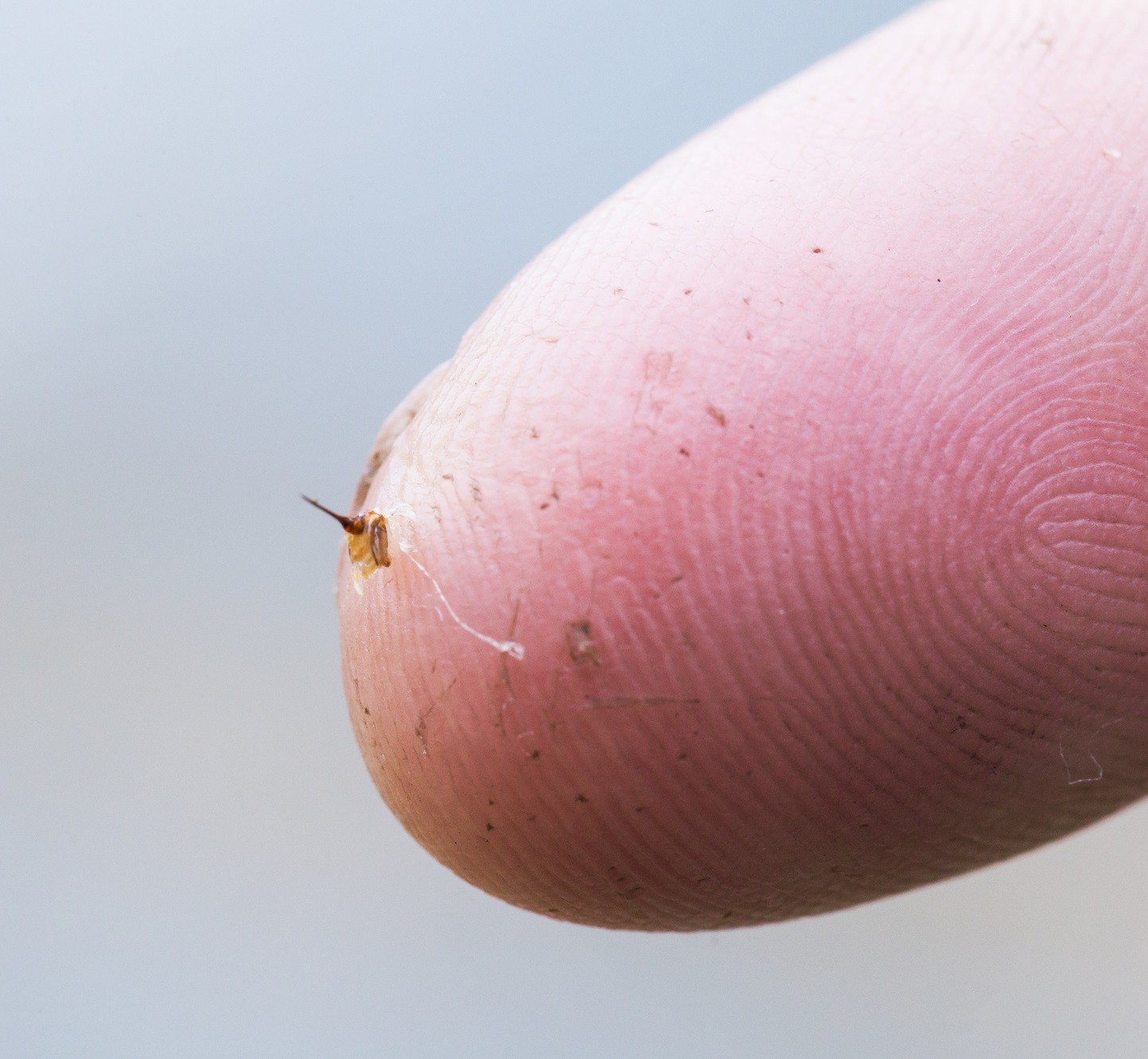

The males will usually hover around the entrance as if they are guarding it. Some bumblebees nest in old birdhouses, for example. So, over time, this tool became a method of defense instead. Social bees that live together in colonies only needed the queen to lay the eggs. The stinger is actually a modified egg-laying tool that bees and wasps developed to easily lay their eggs into cells. The males, or drones, however, don’t have a stinger and therefore, won’t sting. It’s actually only the females, including the queen, who has a stinger. No, not all bumblebees are capable of stinging. I don’t know about you, but I have many memories as a child, searching my garden for bumblebees to study. Many of those who work with and around these bees will also state that they’ve never been stung. Their nests rarely cross our paths so they don’t have much reason for being aggressive.īumblebees are, in fact, quite intelligent, and some scientists were even able to teach them a ball game. Other home staples like apple cider vinegar and even honey are said to give relief.Bumblebees prefer to nest on the ground, in the hidden corners of your yard, perhaps under your shed, or in an old rodent burrow. Aloe vera gel will perform much like it does on a burn and relieve the heat in the sting site. Cool, loose clay is also an old home remedy.
#Treating a bumble bee sting skin
Cover the paste with a bandage and leave it on for at least 15 minutes.Ĭold compresses are also recommended to cool the skin and ease the sting in the site. This is supposed to soothe the area and draw out venom. The most common is to make a paste of baking soda and water to plaster over the sting. If you are not sensitive to bee venom, there are many common home remedies.

Bee stingers are modified egg laying parts. Experts recommend washing the area with soap and water or an antiseptic wipe. It seems like everyone has their favorite home treatment for bee stings. If you know you are allergic, always carry two epi-pens, as a second one may be necessary 20 minutes after the injury. Fast action in removal of the stinger will reduce the pain, swelling, and discomfort of the site. Fingernails, tweezers, or even the edge of a credit card can help in removal of the stinger. The venom will keep pumping into the skin for up to 60 seconds, so removal is key to lower symptoms. Leaving it lodged in the skin will mean a higher dose of venom, as well as the irritation of a foreign body in the dermis. So, if the attacker was a honeybee, the first step is to remove that stinger and the venom sack. Most stinging insects keep their stinger, but in the case of honeybees, it will rip away from the insect and lodge in the skin. Quick action when stung will help alleviate some of the pain and swelling derived from the venom of the bee. Occasionally, a victim is allergic to venom and should be rushed to the hospital or use their epi-pen, but most respond to a common home remedy for bee stings. Most bee sting remedies start with home care. The injury still happens when we are adults, though, usually when we inadvertently encounter a bee home or touch a bee. They are often a memory from childhood, when our youthful clumsiness puts us in contact with stinging insects. Treating bee stings that result should start immediately to slow the progress of the bee’s venom. Sting incidents often happen when the gardener is digging in the ground and exposes a bee’s home. Many live in hives while others live in the ground, such as bumblebees and mining bees. It is common to chance upon a bee’s nest while gardening. Most bees are not aggressive and will only sting if directly threatened, but some will get overly defensive and can even swarm when disturbed. There are around 25,000 species of bee worldwide, and North America is host to 4,000.


 0 kommentar(er)
0 kommentar(er)
